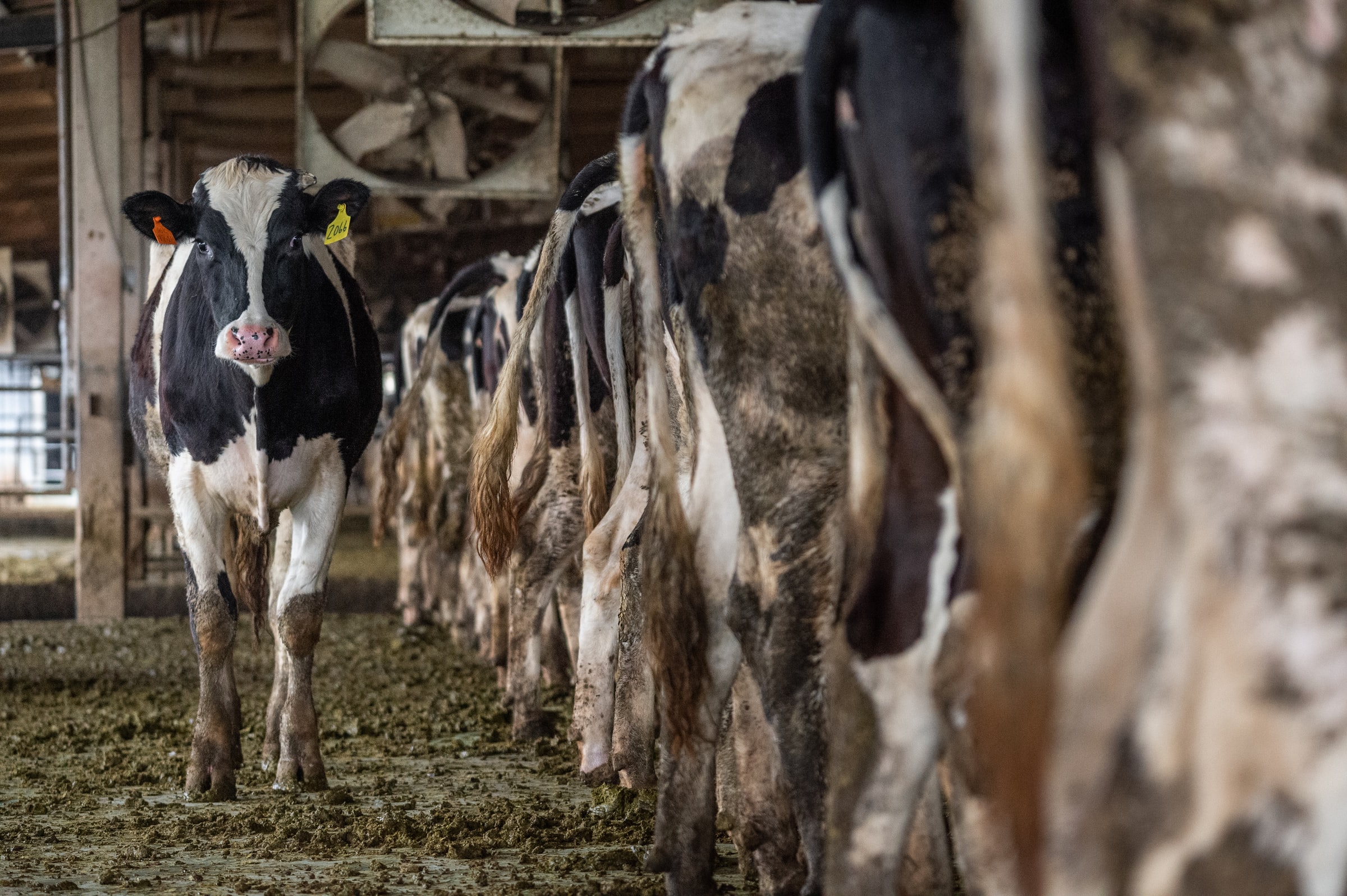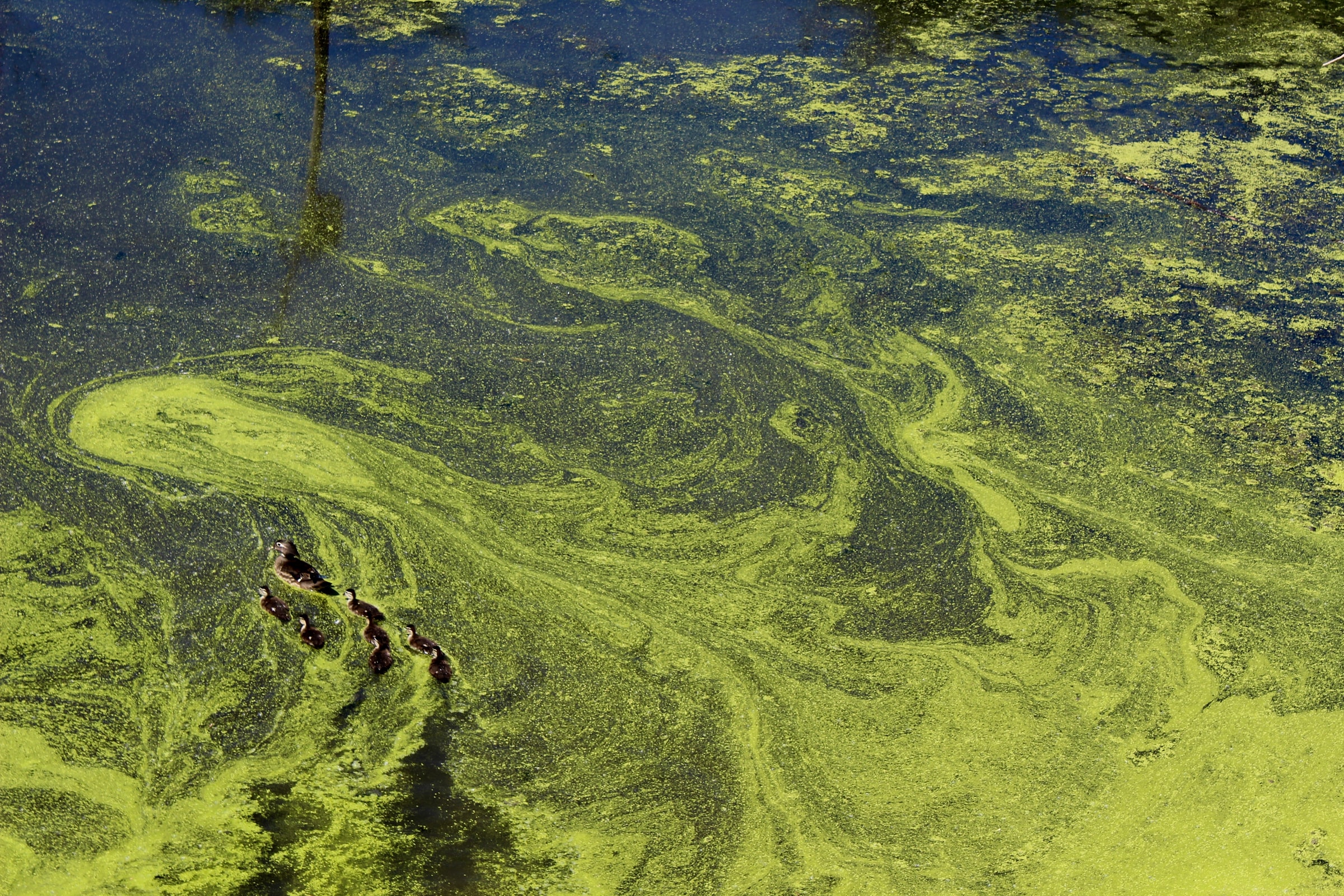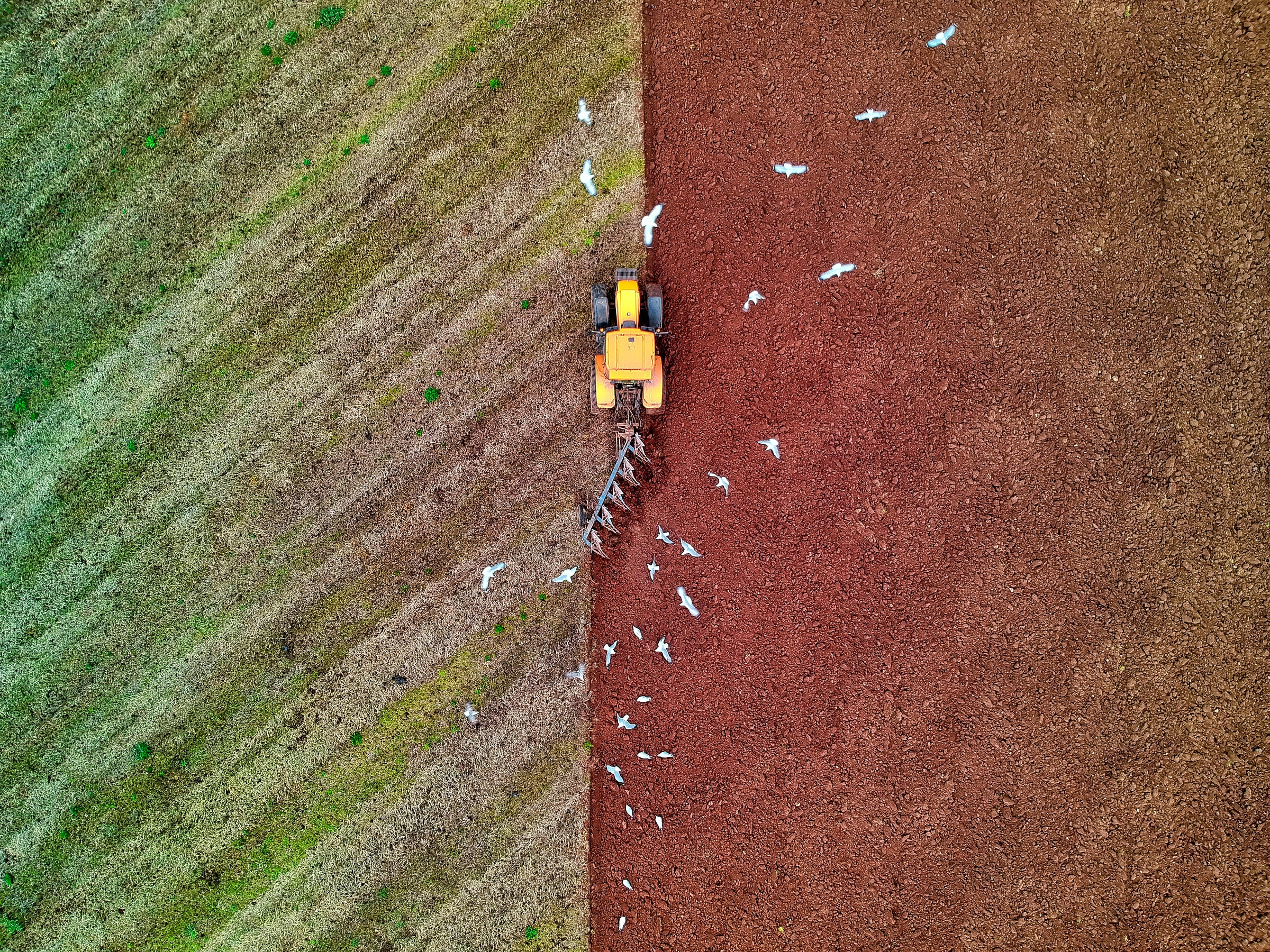Why we should all be worried about nitrate pollution
All over the world, more intensive agricultural practices are leading to nitrate pollution in rivers, lakes and groundwater. Why does this matter and what can be done?
Water is a diverse utility. As well as everyday uses in our homes, we also need water to grow enough food for growing demand. Sometimes, these multiple uses can clash. As consumers, we benefit when farmers increase the yields from their land thanks to fertilizers. But even naturally occurring chemicals can cause problems for our water systems.

What are nitrates and how do they get into water?
Nitrates are compounds which form naturally when nitrogen combines with oxygen, and they exist naturally in soil and in water. This benefits plants, which absorb nitrates from the soil to make amino acids. Farmers use fertilizers to increase the level of nitrates in the soil, and help crops grow.
However, agricultural practices which overuse chemical fertilizers and manure cause an excess of nitrates in the soil. Water that moves through soil from rain or floods then picks up nitrates and carries them into rivers, lakes, and aquifers.
Harmful for plants, people and prosperity
High nitrate levels can cause a variety of problems. In waterways, they stimulate overgrowth of algae – called eutrophication. This dense vegetation blocks out sunlight and uses up oxygen in the water, meaning other plants and organisms can’t thrive. This impacts on biodiversity and affects the livelihoods of those who rely on fishing or other activities on or in the water.

Nitrates in drinking water, meanwhile, pose a health threat to people. Though nitrates occur naturally, and at low levels are safe (and in fact, offer protection against pathogens), studies show that very high levels of nitrates can increase the risk of some cancers, birth defects, and thyroid diseases.
New research by the European Union estimates that around half of the nitrogen in fertilizer and manure applied in Europe is lost to the surrounding environment – an economic loss of up to €65 billion each year. The research says the overall cost of all reactive nitrogen losses in Europe could be as much as €320 billion per year – far higher than the cost of reducing the pollution at source.
How innovation can help
We need to reduce the amount of nitrates that enter the water system, while also enabling farmers to earn a living from their crops, and produce enough to feed local populations.
One approach is to be more efficient in the way we use fertilizers. By reducing the amount left over, less is carried away in runoff.
Technology can help. Using sensors or lasers to measure the loss of nitrogen from agricultural land can help farmers target fertiliser where it’s needed, rather than spreading it indiscriminately. Similarly, N-Print, a partnership between researchers from the United States and the Netherlands, helps farmers, consumers and communities work out their nitrogen footprint, and provides guidance on how to mitigate that footprint.
Nitrification inhibitors are also becoming more widely used. They slow the conversion of ammonia in fertilisers into nitrates, making them available to the crop over a longer period of time, rather than being released into the soil all at once, with excess washed away into the water system.
Cover crops – a second crop planted alongside a main crop – can also help. They take up any excess nitrates not being used by the main crop, preventing them from filtering into groundwater and other water sources.

Denmark: sticking to its nitrate ‘budget’
Many countries have set a maximum safe level of nitrates in water, but not all regions are actively helping communities, farmers and industry meet these levels.
Proactive policy has shown benefits. In Denmark, a national nitrate management plan, in place since the 1990s, offers farmers advice on efficient fertiliser use and imposes an annual nitrogen ‘budget’ for agriculture that mustn’t be exceeded. Rules that help the country keep to the budget include sowing winter crops and cover crops to soak up nitrates, and maintaining a 10-metre buffer zone for fields bordering water courses and lakes. Between 1985 and 2010, Denmark saw a 40% reduction in surplus nitrogen.
A grave and global challenge
The EU has been addressing the issue since the 1990s, and things have improved, but even in some of the richest countries in the world, nitrate levels are still too high.
This type of pollution is especially challenging for those living in the Global South, where water infrastructure is often older, and less well managed. Many people also rely directly on unfiltered rivers for drinking water, or groundwater wells that serve homes or villages. Testing and monitoring water across less developed regions would, as a starting point, help governments understand the scale of the challenge, and the best way to support those relying on polluted water – both householders and farmers.
Across the globe, a mix of monitoring, adapting farming practices, and developing policy can help protect the water that we all rely on.